There’s an old adage in developer marketing: you can’t market to developers. That was the first thing I was told when I stepped into a dev marketing role.
But that might leave you wondering: how am I supposed to reach my technical audience if I can’t market to them?
Thankfully, like many urban legends, this one’s been debunked. You can market to developers; you just have to do it thoughtfully, delightfully, and inclusively.
That simple statement from Lorraine Twohill, Google’s CMO, has shaped the way I think about developer marketing – and really, marketing in general:
“Know the user, know the magic, and connect the two.”
Whether you're reaching developers, enterprise buyers, or anyone else, the foundation stays the same. You have to understand your audience and the value your product brings, then connect those dots in a way that’s authentic and useful.
That’s especially true now, as the roles of product marketers and developer marketers continue to blur. You might not think you’re a developer marketer, but if your product involves technical users, chances are you’re already doing some flavor of it.
So, what does it take to make technical product marketing impactful?
In this article, we’ll walk through the three essential steps:
- Know the user: Understand your technical audience – who they are, how they work, and what they care about.
- Know the magic: Identify what truly helps them succeed – and how to deliver that in a trusted, inclusive, and pragmatic way.
- Connect the two: Bring it all together with marketing that drives delight, builds trust, and delivers measurable impact.
Let’s start at the beginning – with your audience.
Step one: Know your technical audience
When you hear words like “developer,” “engineer,” “programmer,” or “hacker,” you might immediately picture characters from classic movies or TV shows – hoodie-wearing coders in dark basements, or awkward geniuses launching startups in Silicon Valley.
Sure, there’s some truth in those tropes. However, they’re not the whole story. Technical audiences are far more diverse than those stereotypes suggest. So let’s unpack who we’re really talking about.
Who is a developer?
The first way to define a developer is by what they do. Generally, they’re writing code, analyzing data, building machine learning models, or integrating tools and platforms.
But when you look at an actual lead list, you won’t just see the title “Developer.” You’ll see a whole range of roles – from data scientist to solutions architect to product manager – that might fall under the broader “developer” or technical umbrella.
Thanks to the rise of low-code and no-code platforms, even more people are building apps, analyzing data, and automating workflows without traditional programming backgrounds. So, while “developer marketing” is still the phrase we use, it’s not always the most accurate or complete.
What do developers care about?
So, what else do we know about developers?
They're problem solvers. They love to build, but they want to do it efficiently. They tend to be skeptical – slow to warm up, quick to lose trust – but ironically, they’re also usually the first in line to try something new.
They’re AI users, too. According to the 2024 Stack Overflow Developer Survey, 82% of developers are using AI tools to help write code, and 68% are using AI to search for answers.
That tells you a lot about what matters to them: doing great work, staying ahead of the curve, learning new skills, and driving real impact.
Developers aren’t a monolith
Developers aren’t just one type of person; they’re a diverse, global group, and that matters. It shapes everything: where you show up, how you plan events, which formats you use, and how accessible and inclusive your content needs to be.
If we lean on stereotypes, we miss key opportunities or, worse, alienate potential users. But when we dig deeper, real patterns emerge. We can still use tried-and-true content strategies, especially to support newer users, but trust and credibility have to be the starting point.
Resources for understanding your audience
Whether you’re new to this space or just need a refresh, there are plenty of great resources to tap into.
Macro resources
These are big-picture tools to help you understand the broad landscape – demographics, trends, behaviors, and needs. Some favorites include:
These typically include free reports, as well as options for custom deep dives if you’re after something more specific.
Micro resources
This is where it gets personal. For insight into your users, try:
- Surveys
- Focus groups
- Advisory boards
- UX research
- Social listening
- Community engagement
These tools help you understand how your audience thinks, what motivates them, and how they engage with your product.
Now, if you’re feeling overwhelmed, that’s fair – there’s a lot here. It’s easy to fall into “data purgatory,” where you keep digging and never actually move forward. I’ve been there, and it’s not helpful.
Instead, think like a scientist or entrepreneur: form a hypothesis, identify some archetypal patterns, test, iterate, and revise. That not only keeps you moving forward, it also builds a case for why investing in these efforts is worth it and sets you up to do even more impactful work.
Step two: Know the magic
Alright, we’ve done the work to understand our technical users. Now it’s time for some magic.





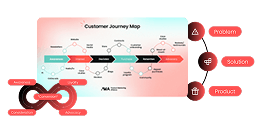
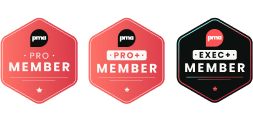

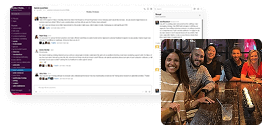


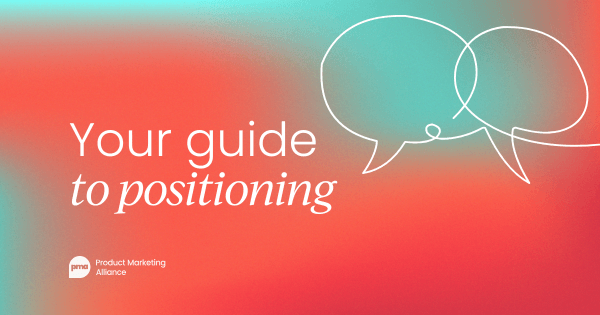
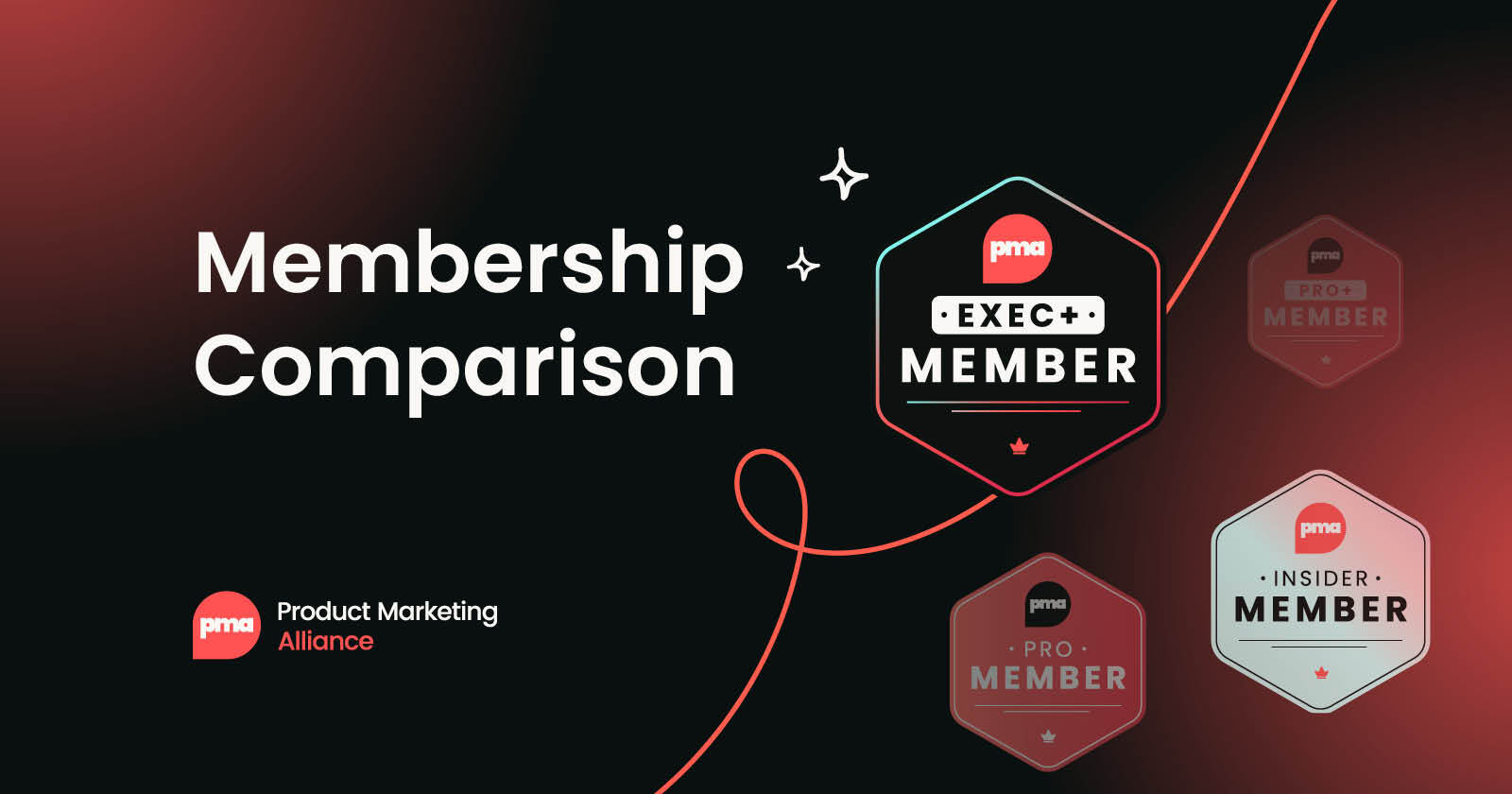
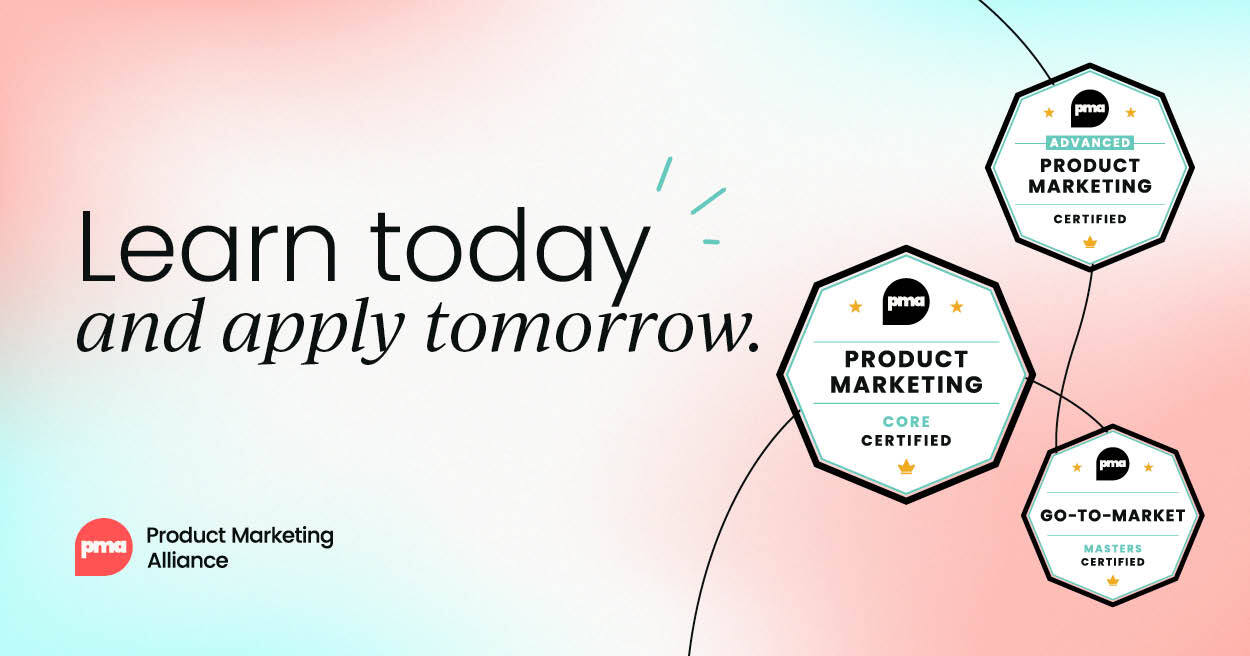
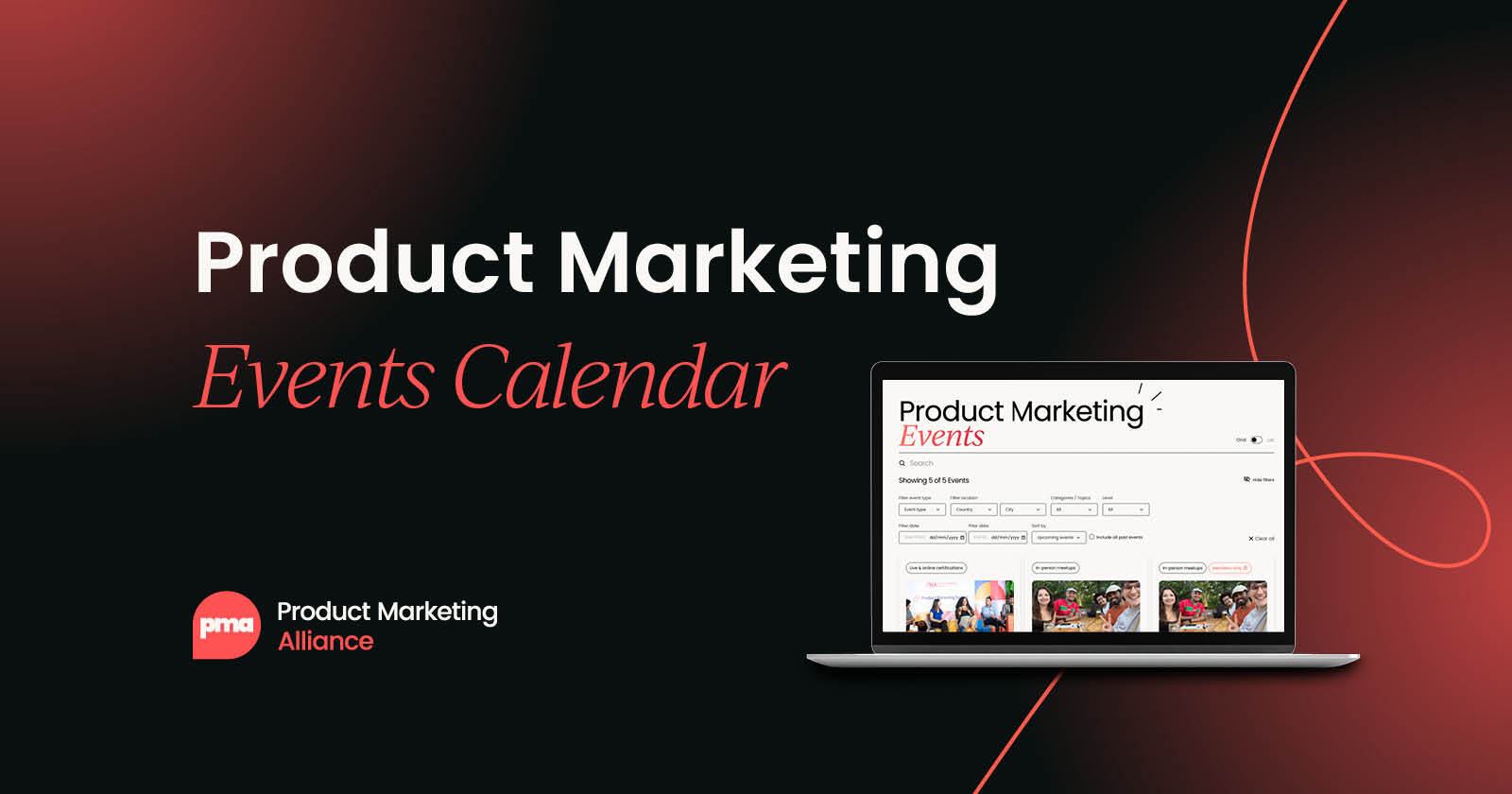
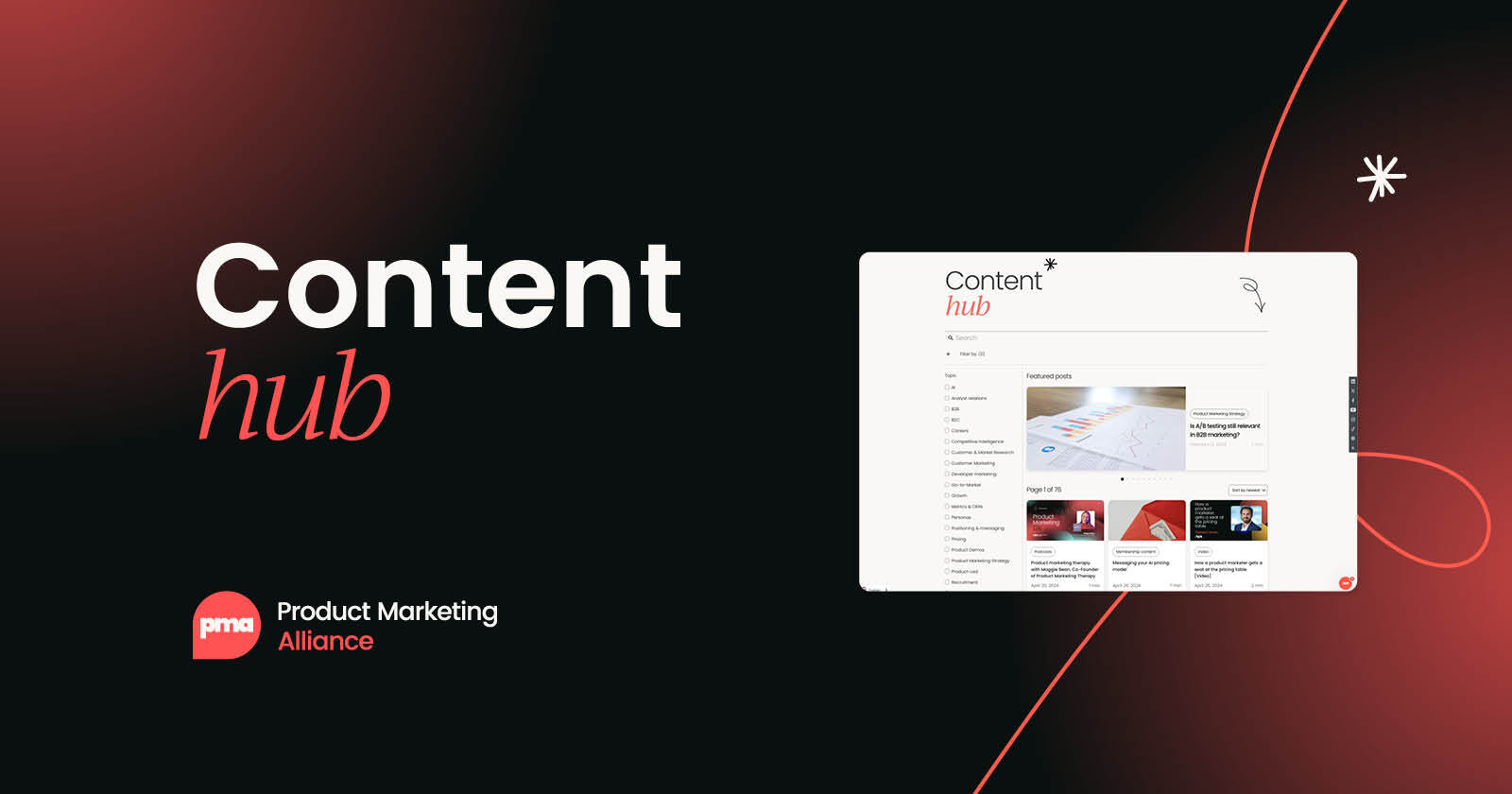

 Follow us on LinkedIn
Follow us on LinkedIn




.svg)